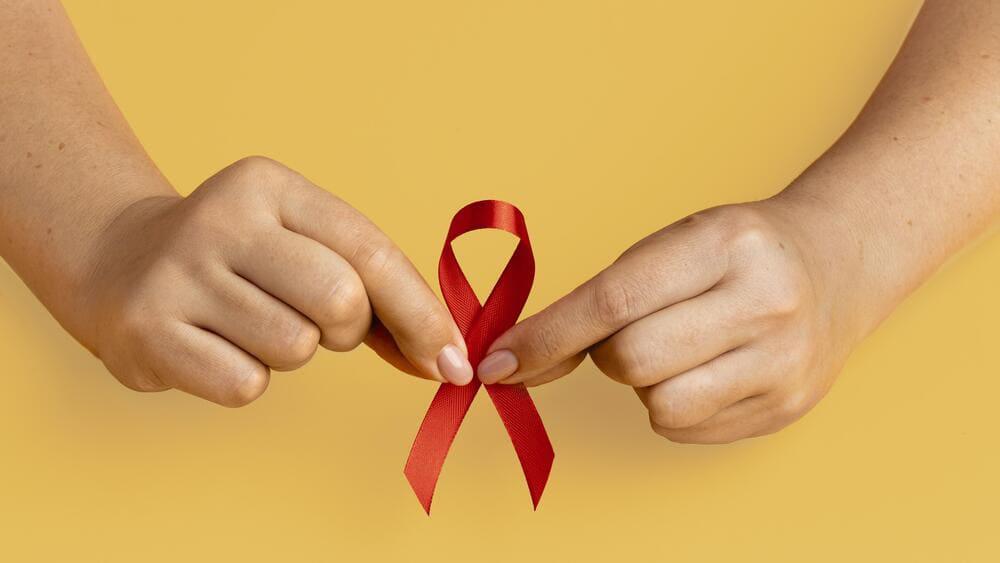The fight against HIV/AIDS has seen remarkable progress over the past few decades. From the dark days of the epidemic's peak in the 1990s to today's advanced treatments and prevention strategies, the world has made significant strides. But the critical question remains: Are we close to ending the epidemic for good?

The Current State of HIV Globally 🌍
As of 2023, approximately 39 million people worldwide are living with HIV. While this number remains high, the rate of new infections has been steadily declining. According to UNAIDS, new HIV infections have dropped by 38% since 2010, and AIDS-related deaths have decreased by 51% since 2004. These statistics highlight the impact of global efforts in treatment and prevention.
Key Statistics at a Glance 📊
| Indicator | 2010 | 2023 | Change (%) |
|---|---|---|---|
| People living with HIV | 30.7M | 39M | +27% 📈 |
| New infections per year | 2.1M | 1.3M | -38% 📉 |
| AIDS-related deaths | 1.5M | 630K | -51% 📉 |
| Access to antiretroviral therapy (ART) | 7.7M | 29.8M | +287% 🚀 |
This table shows both progress and persistent challenges. While ART coverage has expanded dramatically, the number of people living with HIV continues to rise due to better survival rates.
Breakthroughs in Treatment and Prevention 💊
Antiretroviral Therapy (ART)
ART has transformed HIV from a death sentence into a manageable chronic condition. When taken consistently, ART reduces the viral load to undetectable levels, meaning the virus cannot be transmitted—a concept known as U=U (Undetectable = Untransmittable).
Pre-Exposure Prophylaxis (PrEP)
PrEP is a game-changer in HIV prevention. When taken daily, it reduces the risk of contracting HIV by up to 99%. However, global access remains uneven:
| Region | PrEP Coverage (2023) | Key Challenges |
|---|---|---|
| Sub-Saharan Africa | 25% 🌍 | Limited healthcare infrastructure |
| North America | 65% 🇺🇸 | High cost in some areas |
| Europe | 50% 🇪🇺 | Stigma and low awareness |
| Asia-Pacific | 15% 🌏 | Cultural barriers |
Vaccine and Cure Research 🧪
While no HIV vaccine exists yet, promising candidates are in clinical trials. The mRNA technology used in COVID-19 vaccines is now being tested for HIV. Meanwhile, cure research focuses on gene editing (like CRISPR) and "shock and kill" strategies to eliminate latent HIV reservoirs.
Challenges in Ending the Epidemic 🛑
Despite progress, several obstacles remain:
- Stigma and Discrimination 😔
- Many people avoid testing or treatment due to fear of judgment.
-
Key populations (LGBTQ+, sex workers, drug users) face higher barriers.
-
Funding Gaps 💸
- Global HIV funding has plateaued, with a $8 billion shortfall in 2023.
-
Some countries rely heavily on international aid, which is unpredictable.
-
Inequitable Access ⚖️
- While 76% of people with HIV are on treatment, only 54% in West and Central Africa have access.
- Rural areas often lack testing and treatment facilities.
The Road Ahead: Can We End HIV by 2030? 🎯
UNAIDS has set an ambitious goal: 95-95-95 by 2025 (95% of people with HIV diagnosed, 95% on treatment, 95% virally suppressed). If achieved, this could pave the way for ending AIDS by 2030.
Progress Toward 95-95-95 (2023 Data)
| Target | Global Average (%) | Best-Performing Region | Worst-Performing Region |
|---|---|---|---|
| Diagnosed | 85% ✅ | Western Europe (92%) | Middle East (60%) ❌ |
| On Treatment | 76% 🟡 | North America (89%) | West/Central Africa (54%) ❌ |
| Virally Suppressed | 68% 🔴 | Australia (93%) | Eastern Europe (45%) ❌ |
While some regions are close to the targets, others lag far behind. Sub-Saharan Africa, home to two-thirds of all HIV cases, faces the biggest hurdles.
Conclusion: Hope, But No Time for Complacency ✨
The world has made tremendous progress in combating HIV, but the fight is far from over. With better funding, reduced stigma, and equitable access to treatment, ending the epidemic by 2030 is possible—but only if we act now.
What can you do?
- Get tested 🩺 (knowing your status saves lives).
- Support HIV organizations 💛 (donate or volunteer).
- Educate others 📚 (combat misinformation and stigma).
The finish line is in sight—let's cross it together. 🏁



